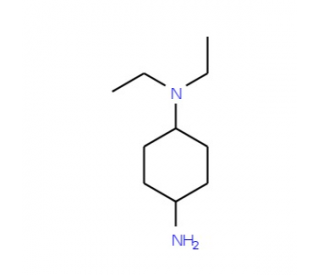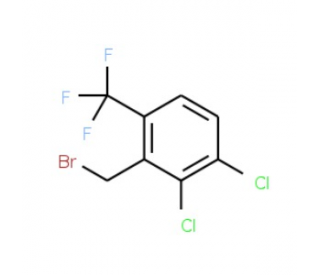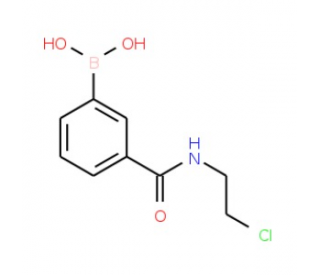詳細(xì)說明
Purity
>90%, by SDS-PAGE with silver staining
Endotoxin Level
<0.10 EU per 1 μg of the protein by the LAL method.
Activity
Measured by its binding ability in a functional ELISA. When peptidoglycan is coated at 1 μg/mL (100 μL/well), the concentration of Recombinant Human PGLYRP3/PGRP-I alpha that produces 50% optimal binding response is 10-60 ng/mL.
Source
Chinese Hamster Ovary cell line, CHO-derived Trp18-His341, with a C-terminal 6-His tag
Accession #
N-terminal Sequence
AnalysisTrp18
Structure / Form
Disulfide-linked Homodimer
Predicted Molecular Mass
37 kDa
SDS-PAGE
34-40 kDa, reducing conditions
8507-PG |
| |
Formulation Lyophilized from a 0.2 μm filtered solution in PBS. | ||
Reconstitution Reconstitute at 500 μg/mL in sterile PBS. | ||
Shipping The product is shipped at ambient temperature. Upon receipt, store it immediately at the temperature recommended below. | ||
Stability & Storage: Use a manual defrost freezer and avoid repeated freeze-thaw cycles.
|
Background: PGLYRP3/PGRP-I alpha
PGLYRP3, also known as PGRP-1 alpha, is a member of the peptidoglycan recognition protein family of innate immunity proteins (1, 2). Human PGLYRP3 is expressed in the skin, eyes, salivary glands, throat, tongue, esophagus, stomach, and intestine (3). Mature human PGLYRP3 contains two nonidentical PGRP domains, and it shares 74% and 75% amino acid sequence identity with mouse and rat PGLYRP3, respectively (1, 4). It is secreted as disulfide-linked homodimers and binds peptidoglycan (PGN) and PGN-containing Gram-positive bacteria (1, 3). PGLYRP3 is directly cytotoxic against pathogenic and nonpathogenic Gram-positive and Gram-negative bacteria (3, 5). Its bactericidal activity requires physiological concentrations of Zn2+ (5). PGLYRP3 has also been shown to have an anti-inflammatory role in intestinal epithelial cells (6). PGLYRP3 knockout mice are more sensitive to the development of experimental dermatitis and DSS-induced colitis than wild type mice (7-9). In humans, PGLYRP3 single nucleotide polymorphisms have been associated with inflammatory bowel disease (10).
References:
Liu, C. et al. (2001) J. Biol. Chem. 276:34686.
Park, S.Y. et al. (2011) PLoS One 6:e24961.
Lu, X. et al. (2006) J. Biol. Chem. 281:5895.
Royet, J. and R. Dziarski (2007) Nat. Rev. Microbiol. 5:264.
Wang, M. et al. (2007) J. Immunol. 178:3116.
Zenhom, M. et al. (2012) Immunobiology 217:412.
Park, S.Y. et al. (2011) PLoS One 6:e24961.
Saha, S. et al. (2010) Cell Host Microbe 8:147.
Jing, X. et al. (2014) J. Immunol. 193:3055.
Zulfiqar, F. et al. (2013) PLoS One 8:e67393.
Long Name:
Peptidoglycan Recognition Protein Intermediate, Alpha/Peptidoglycan Recognition Protein 3
Entrez Gene IDs:
114771 (Human); 242100 (Mouse); 499658 (Rat)
Alternate Names:
peptidoglycan recognition protein 3; peptidoglycan recognition protein I alpha; Peptidoglycan recognition protein I-alpha; Peptidoglycan recognition protein intermediate alpha; peptidoglycan recognition protein-I-alpha; PGLYRP3; PGLYRPIalphaMGC149197; PGRP1A; PGRPI alpha; PGRP-I alpha; PGRPIA; PGRP-Ialpha; PGRPIAPGRP-I-alpha










 粵公網(wǎng)安備44196802000105號
粵公網(wǎng)安備44196802000105號